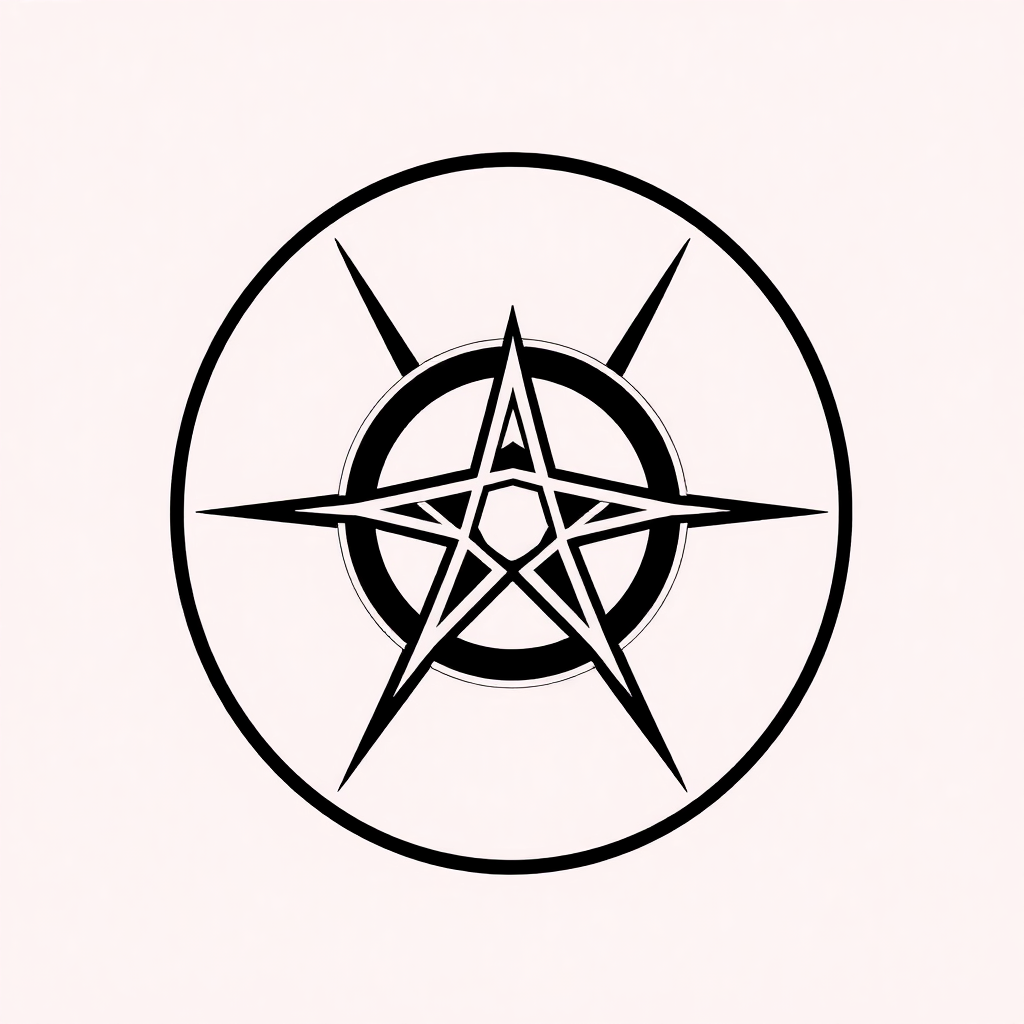Are pentagrams good or bad?
The pentagram's connotation changed significantly during the rise of the Renaissance when occult practices became more mainstream. Some practitioners of magic and witchcraft began to adopt the pentagram as a symbol of their beliefs, leading to associations with the darker arts.
The question of whether pentagrams are good or bad is complex and often depends on cultural, historical, and individual perspectives. In this blog post, we will explore the rich history of the pentagram, its various meanings across different contexts, and how it is viewed today.
The Historical Context of the Pentagram
To truly understand the pentagram's significance, we must first delve into its historical origins. The term "pentagram" comes from the Greek words "pente," meaning five, and "gramma," meaning letter or drawing. Historical records suggest that the pentagram has been used for thousands of years, appearing in ancient civilizations such as Babylon, Greece, and among the early Christians.
In these early contexts, the pentagram often represented elements such as earth, air, fire, and water, with the fifth point symbolizing spirit or the divine. For example, the Pythagoreans, an ancient Greek philosopher group, revered the pentagram as a symbol of health and harmony, believing it encapsulated the mathematical principles of the universe. Furthermore, it was used in early Christian artwork as a symbol of the five wounds of Christ, embodying protection and goodness.
Symbolism in Various Cultures
As the pentagram spread across cultures, its meanings evolved. In medieval Europe, it became associated with protection, often used in amulets and talismans to ward off evil spirits. In certain branches of astrology and mysticism, the pentagram is linked to the five elements, serving as a representation of balance and unity.
The pentagram's connotation changed significantly during the rise of the Renaissance when occult practices became more mainstream. Some practitioners of magic and witchcraft began to adopt the pentagram as a symbol of their beliefs, leading to associations with the darker arts. This shift was particularly pronounced during the witch hunts in Europe and America when symbols connected to witchcraft were vilified.

Modern Interpretations: Good vs. Bad
In contemporary society, the pentagram is perceived in widely divergent ways, depending on individual beliefs and cultural backgrounds. For many Pagans and Wiccans, the pentagram is a sacred symbol representing the interconnectedness of all life and serving as a protective emblem. In this context, the upward-facing point signifies the spirit rising above the material world, aligning with practices that honor nature and the divine.
Conversely, others view the downward-facing pentagram, often associated with satanic rituals, as a symbol of evil. This perspective gained traction with the rise of groups like the Church of Satan in the 1960s, which adopted the pentagram as a symbol of rebellion against traditional religious values. This association with darkness and malevolence has led to the belief among some that pentagrams are inherently bad.
Cultural Representation in Media
The representation of the pentagram in media and popular culture further complicates its image. Films, literature, and music often depict the pentagram in a negative light, reinforcing fears and misconceptions associated with witchcraft and the occult. This portrayal contributes to a societal stigma surrounding the symbol, leading to the assumption that any use of a pentagram is linked to malevolent intentions.
Nonetheless, there are works of art and literature that present the pentagram positively, highlighting its historical significance and broader meanings. This duality reflects the ongoing struggle to reconcile the pentagram's rich history with contemporary views shaped by fear and misunderstanding.
Personal Beliefs and Misconceptions
Ultimately, whether the pentagram is viewed as good or bad depends largely on personal beliefs and experiences. It’s essential to approach symbols with an open mind and consider the context in which they are used. Many practitioners of various spiritual traditions emphasize the importance of intention behind the use of any symbol, arguing that it is the individual’s purpose that determines the energy associated with it.
For those who view the pentagram negatively, it may be rooted in misinformation or cultural biases that have been perpetuated over time. Education and dialogue can play a crucial role in dispelling myths and fostering a more compassionate understanding of differing spiritual practices.